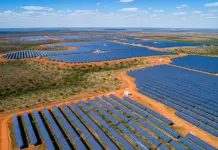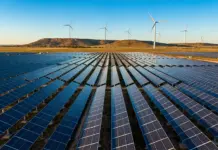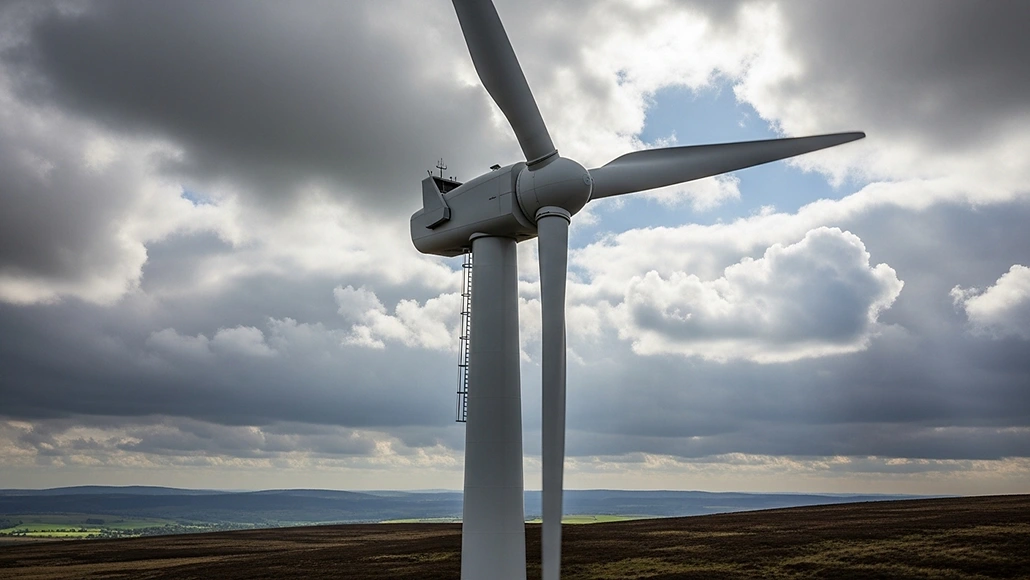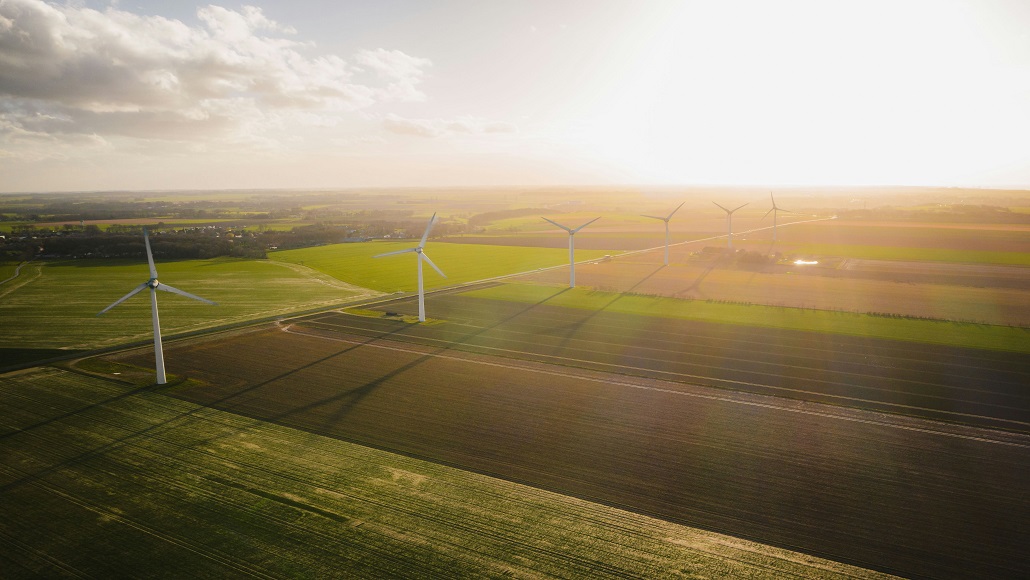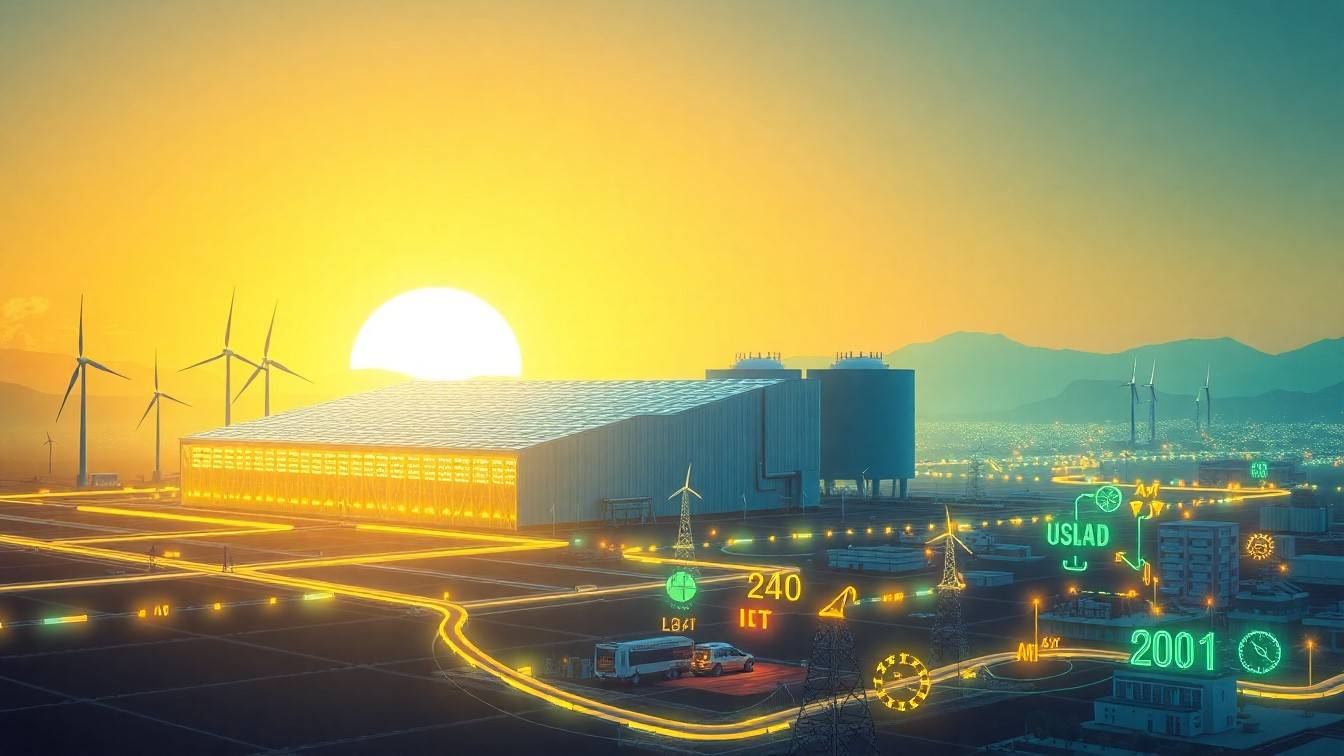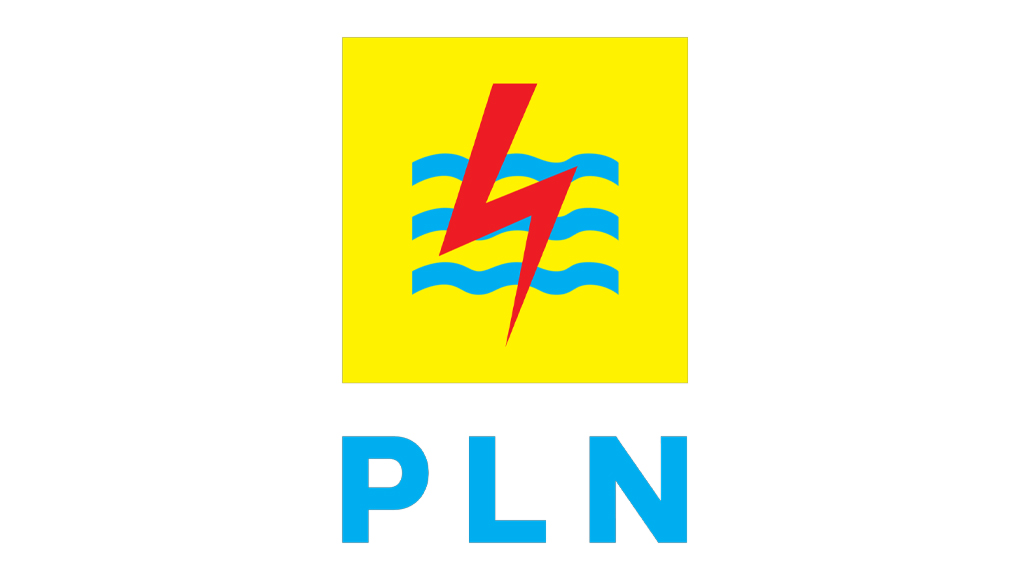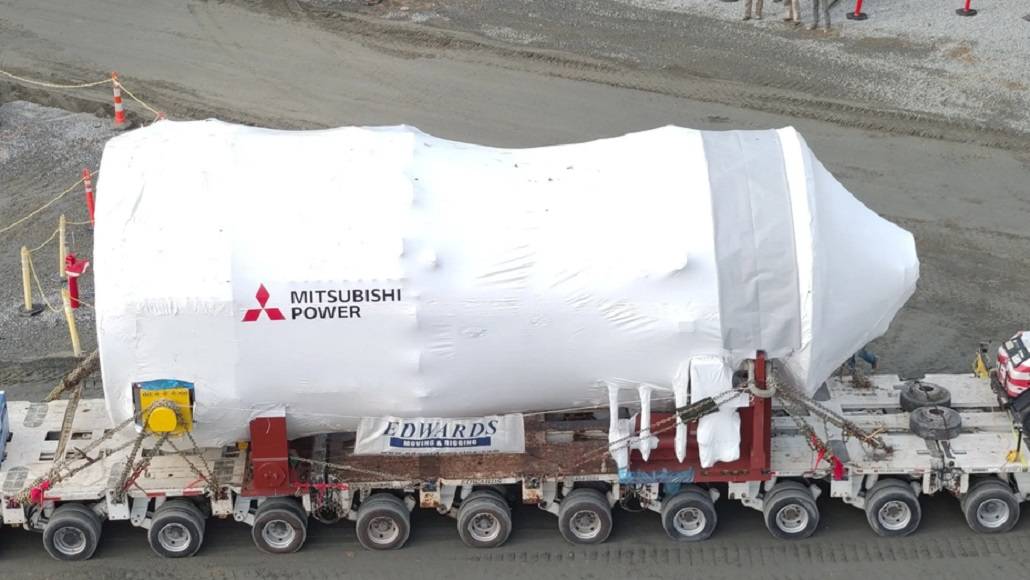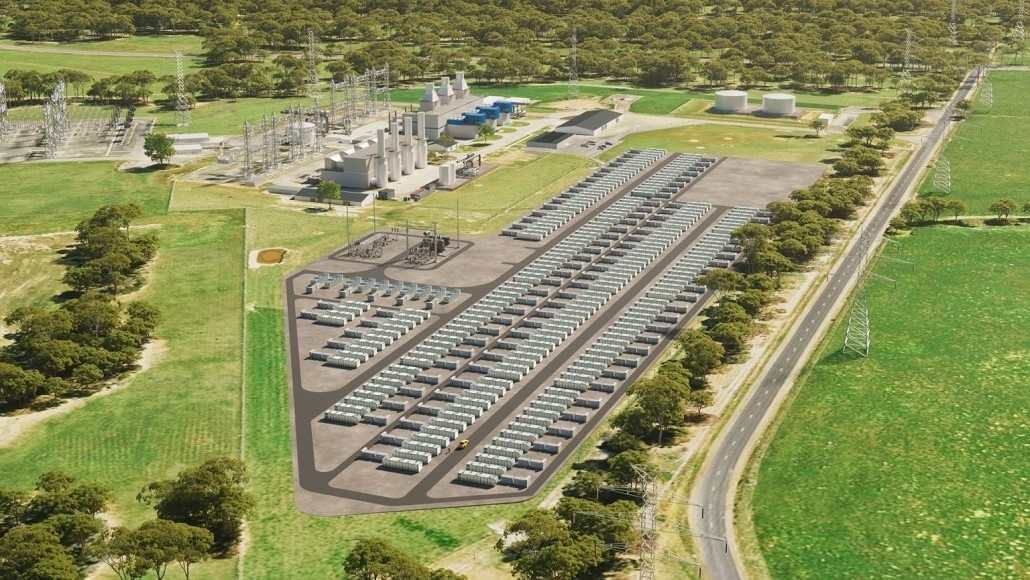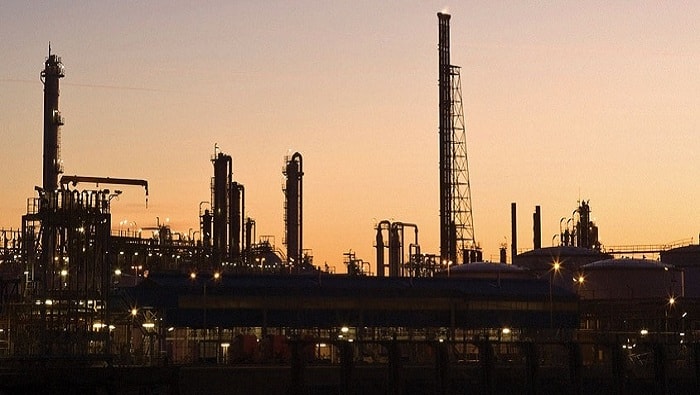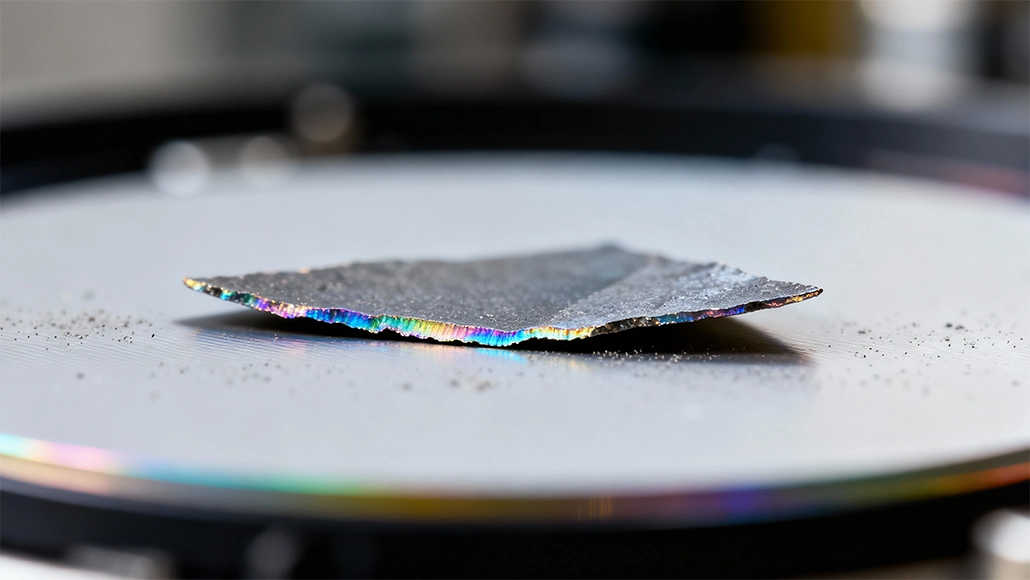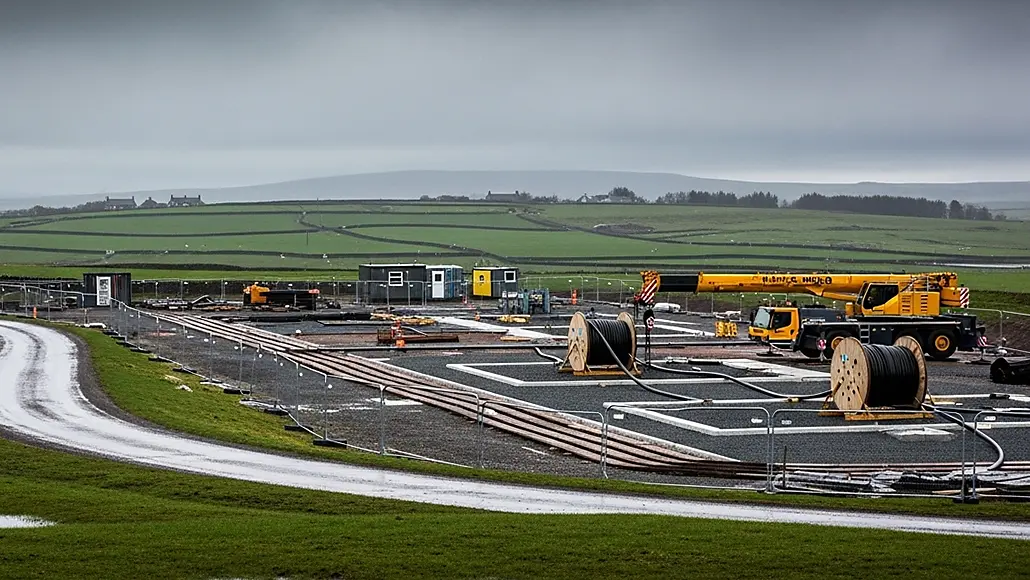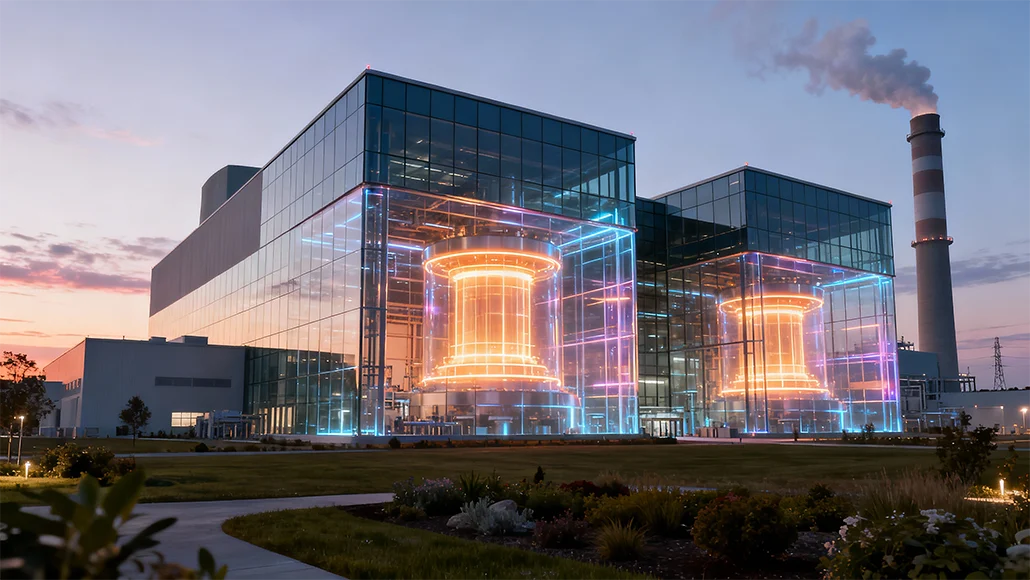The U.S. Department of Energy has gone on to release a detailed road map so as to commercialize the nuclear fusion power, which is a technology that could very well transform the energy systems of the world in the next decade.
The document, which was published on Oct. 16, 2025, happens to identify the barriers that still stand in the way when it comes to making fusion – the very same process that goes on to power the sun, which, by the way, is practical as well as scalable.
As per Utility Dive, it also happens to set milestones for testing and, along with it, private-sector development, with an objective to achieve large-scale nuclear fusion power energy rollout in the 2030s.
It is well to be noted that fusion energy has for long been considered the holy grail when it comes to clean power due to the fact that it could produce massive amounts of electricity without releasing any kind of carbon pollution or any long-lived radioactive waste.
Unlike the present nuclear fission reactors, fusion joints split atoms, thereby offering the potential for safe as well as virtually limitless clean energy when commercialized.
If successful, this could very well revolutionize clean power by providing a stable, 24/7 option to dirty fuels and even go in sync with the renewables like solar energy as well as wind.
Apparently, a fusion-powered grid can go on to reduce dependence on volatile energy markets, decrease the electricity costs for consumers, and also dramatically cut the planet-warming emissions.
The road map happens to point out six challenge areas, which include the likes of plasma-facing components, structural materials, and also fuel-cycle management. It warns that the exceptional material degradation, which is caused by large quantities of fusion neutrons, happens to be one of the single largest factors that limits the economics and safety when it comes to fusion energy.
Researchers have to work out if the present materials can actually withstand intense conditions that may be anticipated in future power plants remarked Utility Dive.
Notably, in the next two to three years, the DOE plans for the public sector to go ahead and start designing large-scale testing facilities and also, along with it, advance research in terms of neutron sources. Simultaneously, the private sector is going to continue creating the experimental systems.
Companies like the Commonwealth Fusion Systems, which happens to be building a demonstration machine located in Massachusetts, are also moving toward producing the first plasma in 2026 and also a net fusion energy thereafter.
Interestingly, the DOE envisions that the early commercial plants could very well start functioning in the forthcoming 5 to 10 years, in addition to the new government facilities, which happen to be designed to roll out large-scale integration blanket-tritium fuel cycle facilities as well as other necessary systems.
The plan of the department also builds on the current momentum of public investment when it comes to the next-generation energy systems, quite similar to the programs as per the Inflation Reduction Act, which helped with the expansion of clean energy infrastructure across the country.



